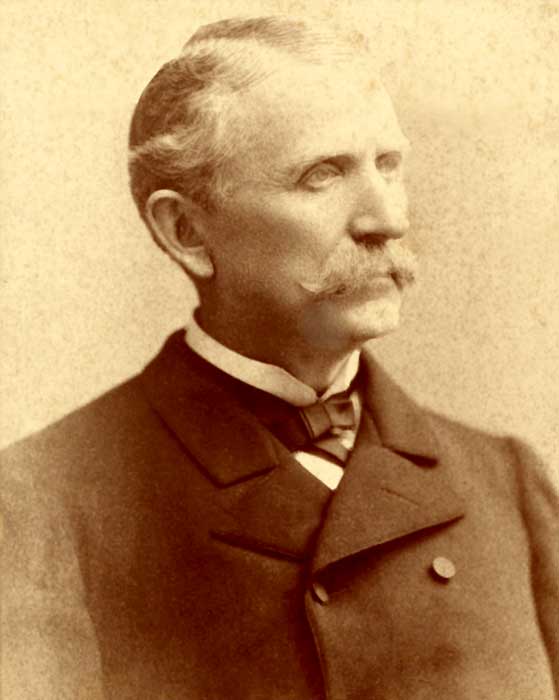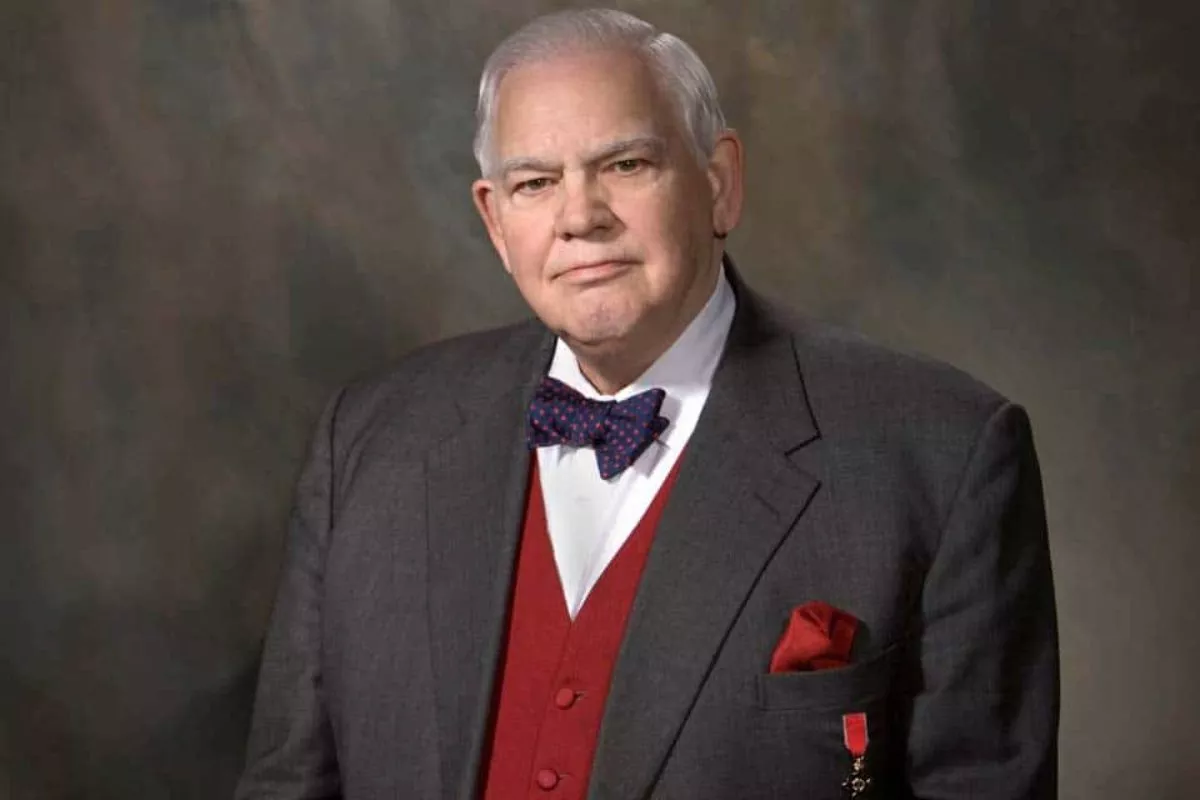
The Unfinished Symphony: James Hume’s Quest for Consistency
In the high-octane, unforgiving arena of professional rugby, where careers are forged in moments of brilliance and tempered by the relentless grind, James Hume stands as a tantalising enigma. A centre of prodigious talent, a wrecking ball in attack and a defensive lynchpin, Hume has, at various points, appeared on the cusp of truly cementing his place among the game’s elite. Yet, his journey has been a testament to both his immense ability and the cruel capriciousness of fate, marked by a recurring narrative of dazzling form interrupted by the blight of injury.
At 26, the Ulster and Ireland international embodies the modern centre: powerful, quick, skilful, and blessed with an innate rugby intelligence. When fit and firing, he is a force of nature, capable of tearing through defensive lines, making bone-jarring tackles, and providing the creative spark that ignites an attack. But the operative phrase, the one that has shadowed his career, is "when fit." His story is an unfinished symphony, a composition of exhilarating highs and frustrating pauses, leaving fans and pundits alike to ponder what might be, should he ever enjoy an extended, unblemished run of games.
Hume’s rugby education began in the fertile grounds of Ulster’s age-grade system. Hailing from Comber, County Down, he honed his craft at the prestigious Royal Belfast Academical Institution (RBAI), a school with a rich tradition of producing rugby talent. From an early age, his athleticism and raw power were evident. He progressed through the Ulster Rugby Academy, a pathway that has become a vital pipeline for provincial and national talent. His ascent was swift and decisive. He made his senior debut for Ulster in September 2017 against Scarlets, a moment that heralded the arrival of a player destined for bigger stages.

It wasn’t long before Hume began to stamp his authority on the Ulster midfield. Initially deployed primarily at outside centre, his versatility meant he could also operate effectively at 12, offering different dimensions to the provincial attack. His playing style quickly became identifiable: a direct, hard-running threat with ball in hand, often picking intelligent lines that allowed him to hit the gain line with devastating impact. He possesses a deceptive turn of pace for a player of his build, allowing him to break away from tackles and exploit gaps. Beyond the raw power, there’s a nuanced understanding of the game. His offloading game, when given the space, is a particular highlight, often releasing supporting players into space and keeping attacks alive.
Defensively, Hume is equally formidable. He is an aggressive and intelligent defender, capable of reading opposition plays and shutting down dangerous attacks. His tackle technique is robust, and he rarely shies away from the physical confrontation that defines midfield battles. It’s this combination of offensive dynamism and defensive solidity that makes him such a valuable asset. He is not merely a battering ram; he is a player who can genuinely influence the outcome of a game on both sides of the ball.
As his performances for Ulster grew in stature and consistency, so too did the whispers of international recognition. The competition in the Irish midfield is notoriously fierce, with established names like Garry Ringrose, Robbie Henshaw, and Bundee Aki setting a high bar. Yet, Hume’s unique blend of attributes offered something different. He earned his first senior cap for Ireland in July 2021, coming off the bench against the USA. It was a deserved reward for his provincial form and a tantalising glimpse of his potential on the world stage. He added further caps against Japan and Fiji, showcasing flashes of his attacking prowess.
However, just as he seemed poised to make a significant push for a regular spot in Andy Farrell’s Ireland squad, the injury curse struck with disheartening regularity. A persistent hamstring issue, often followed by groin problems, became the recurring antagonist in his burgeoning career. The stop-start nature of his recent seasons has been incredibly frustrating for Hume, Ulster, and Ireland fans alike. Each time he built momentum, each time he looked to be finding his rhythm and asserting his dominance, he would be forced back to the sidelines, undergoing arduous rehabilitation processes.
The mental toll of such repeated setbacks cannot be underestimated. Professional athletes are conditioned to push their bodies to the limit, but the psychological burden of injury, of watching from the stands while teammates battle, can be immense. Yet, Hume has consistently demonstrated remarkable resilience. Speaking implicitly about the challenges, he has often conveyed a quiet determination to overcome these hurdles. As one Ulster coach once noted, "James has an incredible work ethic. He’s meticulous in his recovery, and his desire to get back on the pitch and perform for Ulster and Ireland is second to none. It’s tough on any player, but he always comes back with renewed vigour."
His absence from the Ulster lineup is palpable. When Hume is in the team, there’s a different energy, a directness that adds another dimension to their attack. His ability to draw in defenders creates space for wingers and fullbacks, and his strong carrying provides vital go-forward ball. His defensive organisation in the centre channel is also crucial. Without him, Ulster sometimes lacks that immediate, hard-carrying option in midfield, and the defensive line can appear less settled. His return, whenever it happens, is always met with a collective sigh of relief from the Kingspan faithful.
One of the most interesting facts about Hume is his relatively late specialisation in rugby. While he played the sport from a young age, he was also a talented hockey player, representing Ireland at various age-grade levels. This background likely contributed to his excellent spatial awareness and decision-making under pressure, skills that are highly transferable between the two sports. It speaks to a broader athletic talent that could have seen him excel in multiple disciplines, but thankfully for Ulster and Ireland, rugby ultimately won out.
Looking ahead, the aspirations for James Hume remain clear: a consistent run of games, free from injury, that would allow him to fully realise his prodigious potential. The prospect of a fully fit and firing Hume for an entire season is an exciting one, not just for Ulster’s ambitions in the URC and Champions Cup, but also for Ireland’s long-term planning. He offers a different profile to the likes of Ringrose or Henshaw – a more direct, confrontational ball-carrier who can smash through the gain line and provide a powerful defensive presence. This versatility makes him a valuable option for Andy Farrell, particularly in games where Ireland needs to physically dominate the midfield.

The modern game demands centres who are not just specialists in one area but are multi-faceted threats. Hume fits this mould perfectly. He can be the primary ball-carrier, the defensive anchor, or the creative link. His journey, while punctuated by setbacks, has only served to underscore his unwavering commitment and the sheer depth of his talent. The rugby world watches with bated breath, hoping that the unfinished symphony of James Hume’s career will soon find its glorious, uninterrupted crescendo, finally allowing him to orchestrate the kind of consistent, world-class performances his ability so clearly promises.


